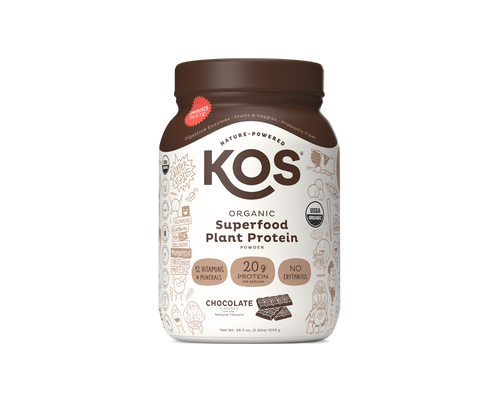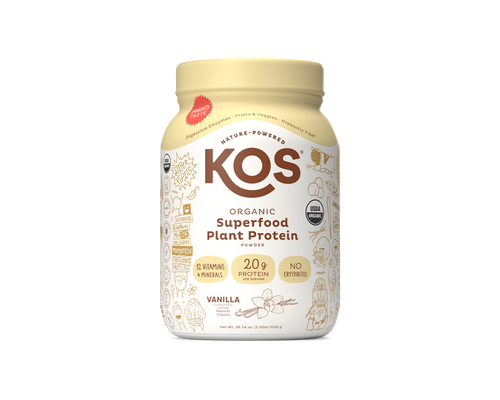Table of Contents

insects with fungi growing out of them are—understandably—less enthused about "the wonders of cordyceps"
Cordyceps; yes, the name is strange, but not strange enough to completely suit the full scope of weirdness that lies at the center of this superfood’s origin story.
Cordyceps is not a fragrant little herb or a nodding blossom delicately posing in the sun. Cordyceps is an entomopathogenic parasitic fungus. There, we said it. Fasten your seat belt on this one.
Cordyceps Heals. This Good News is Species Specific.
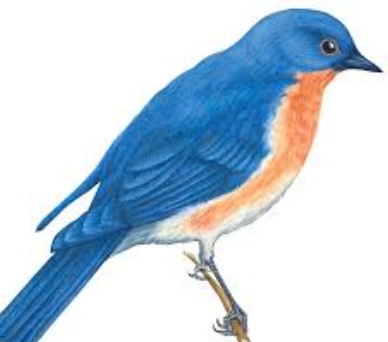
Nobody is particularly thrilled at the idea of a parasite, most particularly one that grows out of its zombified host like a hellish Easter bonnet.
So it is that we are seasoning this article with happy-go-lucky visuals that should inspire only calm and cups of sweet tea. We needn't focus unnecessarily on the ghastly process through which cordyceps brings us its robustly healthful benefits.

Nope.
Cordyceps: Merciless Healing Agent
Cordyceps rather rudely barges in on the larva of the Hepialidae moth, or the grown but momentarily distracted Brazilian Carpenter ant (to name two common hosts), and affixes itself without proper introduction. Cordyceps then proceeds to slowly draw the life out of the doomed insect—pictured here from a respected scientific journal.
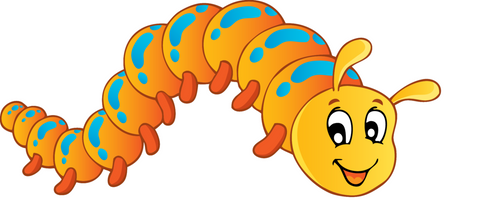
Hepialidae moth larva courtesy Entomology Today
Once the host has been completely mummified, a process that takes 4 - 10 days, the fruiting body of the cordyceps fungus presents as a vividly colored structure, or group of symmetrically presenting structures.

These are then harvested for their profound health benefits, which for several thousand years (literally) have been a matter of traditional medicinal record.
Still, this is one of those dietary foundation stories whose opening narrative is tough to reconstruct.
Cordyceps: an Ayurvedic Medic

In the eons since, the “wellness” has been sufficiently profound that Cordyceps remains today one of the most popular ayurvedic supplements in the history of eating strange things for optimal health.
Now that modern science is taking a closer look, the mechanisms employed by cordyceps to work its internal wonder are better understood, validating, yet again, what “traditional” cultures have known all along.
We are, after all, a rationalist species and want to know how things work once they’ve proven themselves effective over several millennia.
Cordyceps in the Body

A supportive antioxidant, cordyceps is a friend of human physiology, and a noted biometabolite. "What's a bio-metabolite?"

Seriously? *sighs in an elaborate show of patience* A bio-metabolite is a small molecule (redundant? yeah) involved in the process of cellular metabolism.

Cordyceps also contains vitamins like B1, B2, B12 and K, as well as the amino acids lysine, glutamic acid, proline and threonine.
Cordyceps – counterintuitively -- is also rich in unsaturated fatty acids. Though even its proponents would likely recommend against spreading it on toast.
Cordyceps has a long history of use in traditional cultures for an array of different complaints, once those bold early adopters convinced their colleagues to put this raw stuff in their wincing mouths.
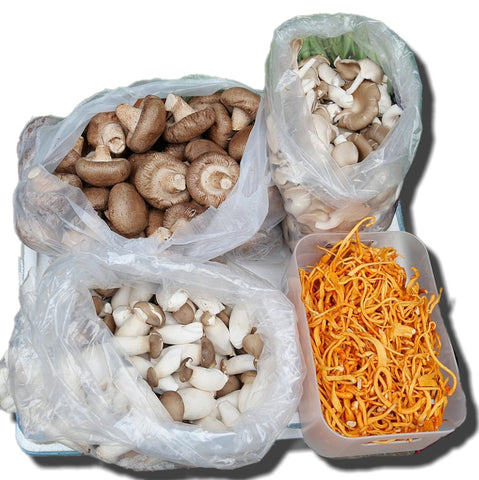
..did we remember everything? Milk, corn flakes, predatory life-giving fungus...
This boost to human physiology can be had if you know where to look for it. When combined with other metabolically magnificent shrooms (if you'll pardon the awful alliteration), cordyceps infuses your system and puts the life force—so to speak— to work.
Under clinical scrutiny (the U.S. government's Nat'l Center for Biotechnology Information), cordyceps shines like the healing agent to rule them all. It's a little weird. But that's cordyceps. An eye-opener on many fronts.
Cordyceps and Blood Flow
Cordyceps’ support of healthy blood flow is being studied by researchers trying to parse what its physiological mechanisms are. Cordyceps seems to support normal cardiovascular fitness by promoting healthy blood pressure through structural dilation of the vascular plumbing.

Most significantly (to some), cordyceps is also a very popular and effective aphrodisiac for going on 4,000 years. A controlled study of 756 people experiencing a non-disease-related decrease in sex drive showed that the sexual function of the group who took Cordyceps improved by 64.8%. But, you know .. who's counting?
Cordyceps and Holding Hands at Sunset
Indeed, traditional medicine has long held that cordyceps boosts sexual desire and potency. Because cordyceps is native to the mountains of Tibet, Nepal, and China, it has even been called The Eastern Viagra.
Which may be the one consolation available to the fading Hepialidae caterpillar — cordyceps’ doomed host — as the lights go out. "At least I am surrendering my body to the cause of human sexual potency and a candlelit evening of poetry and song."

... this is, of course, pure speculation.





